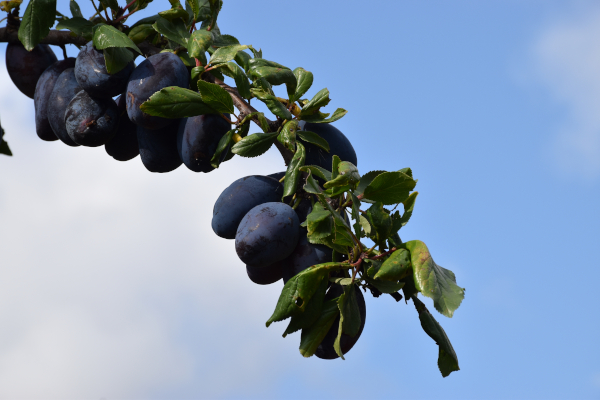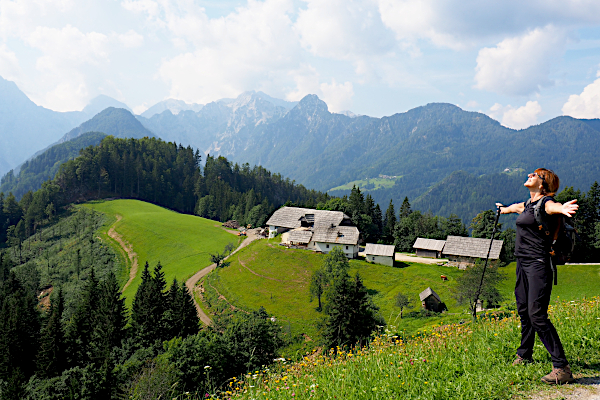I remember well the day I stopped being a vegetarian in Spain. It was on Avenida Marítima in Santa Cruz de La Palma on a June Sunday morning.
We had already been on the beautiful island of La Palma for five days, walking every road, street, and plaza of its main towns: driving every kilometre of its sinuous mountain roads; and hiking great swathes of its challenging trails. And I was hungry.
For five days we had found ourselves looking at menus on which, ninety percent of the offerings were ‘off the menu’ for a vegetarian. This was 2005, long before a plant-based diet became a valid lifestyle choice in much of Europe, and certainly not in the Canary Islands where even a sandwich vegetal contained ham.
Having perused menu after menu along the sunny row of pavement cafés, my belly aching, I finally declared “I’m having a bacon sandwich.”
Jack’s face at first smiled, then registered shock as he realised I was serious, before finally settling into disappointment. I had let him down. We had weathered our food deprivation together, stoic in the face of menu choices limited to choco (cuttlefish) which was like eating a semi-deflated, white rubber ball drizzled in garlic and coriander oil; or omelette, with cheese if you asked nicely. I had cracked.
Jack refused to abandon his vegetarian principles, for a couple of days at least, before finally admitting that, outside the confines of our own kitchen, being a vegetarian in Spain was just too hard.
The joys of Jamón Ibérico
I’m writing about that day in 2005 because, having just returned from a trip to the Sierra de Aracena in northwest Andalucia, where menu after menu is dominated by pork in its many guises, I was reminded of the difficulty of being a vegetarian in Spain.
The area we were visiting is famed for having the best jamón Ibérico in Spain, produced from the Iberian black pigs that roam freely in the oak and chestnut forests of the sierra, gorging on autumnal chestnuts and acorns. Slipping comfortably back into Spanish conversation and menus dominated by meat, we had our first taste of pata negra – the caviar of jamón Ibérico – in the food market in Seville and I could not believe how good it tasted. Travelling northwards, the set menu in our first hotel offered a choice of either pork cheeks or a minced pork in aubergine dish. The second night, the menu featured pork, pork, and more pork, with some local cheeses and the occasional salad thrown in for good measure.
I pitied any vegetarian who had booked, menu unseen.
The jamón is one of the great attractions of this area and in autumn, the wild mushrooms that populate the forest floor, no doubt served alongside pork dishes. But the greatest joy of the region is walking through its surprisingly lush landscapes where, even at the end of spring, hedgerows groaned under the weight of wild Iris, poppies, purple Jerusalem sage, toadflax, wild sweet pea and white cistus. Shady paths weaved through dense woodlands of cork oaks, and chestnut trees, accompanied by a soundtrack of cow and goat bells, and a constant chorus of birdsong.
Every now and then, we passed posses of Iberian black pigs, dozing in the dappled sun or snuffling among the undergrowth, piglets squealing with delight as they tumbled over each other in the dust. And yes, I stood, and watched, and cooed and awed at how lovely they were while trying not to think about the fact that I had eaten them for breakfast and would, in all likelihood, eat them again for dinner.
I never did learn the Spanish for ‘hypocrite’.





